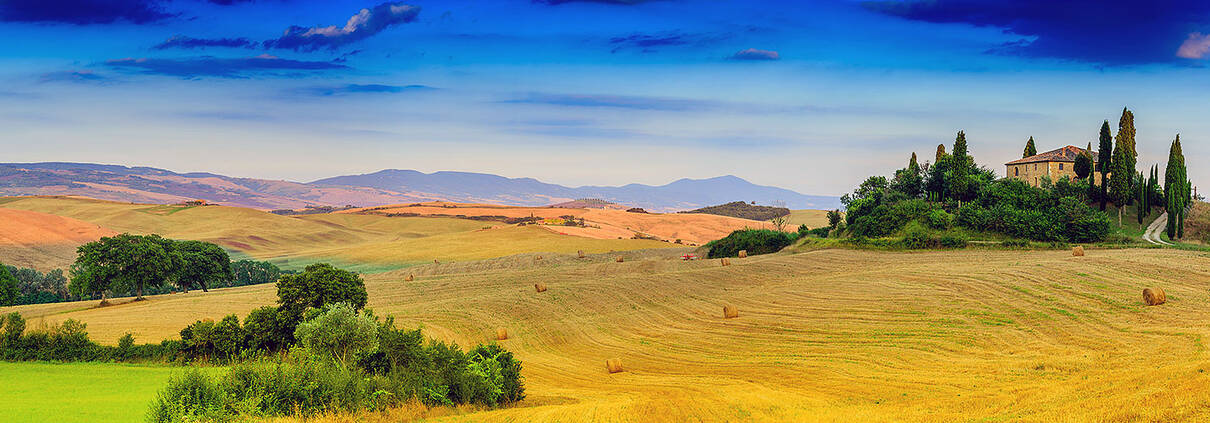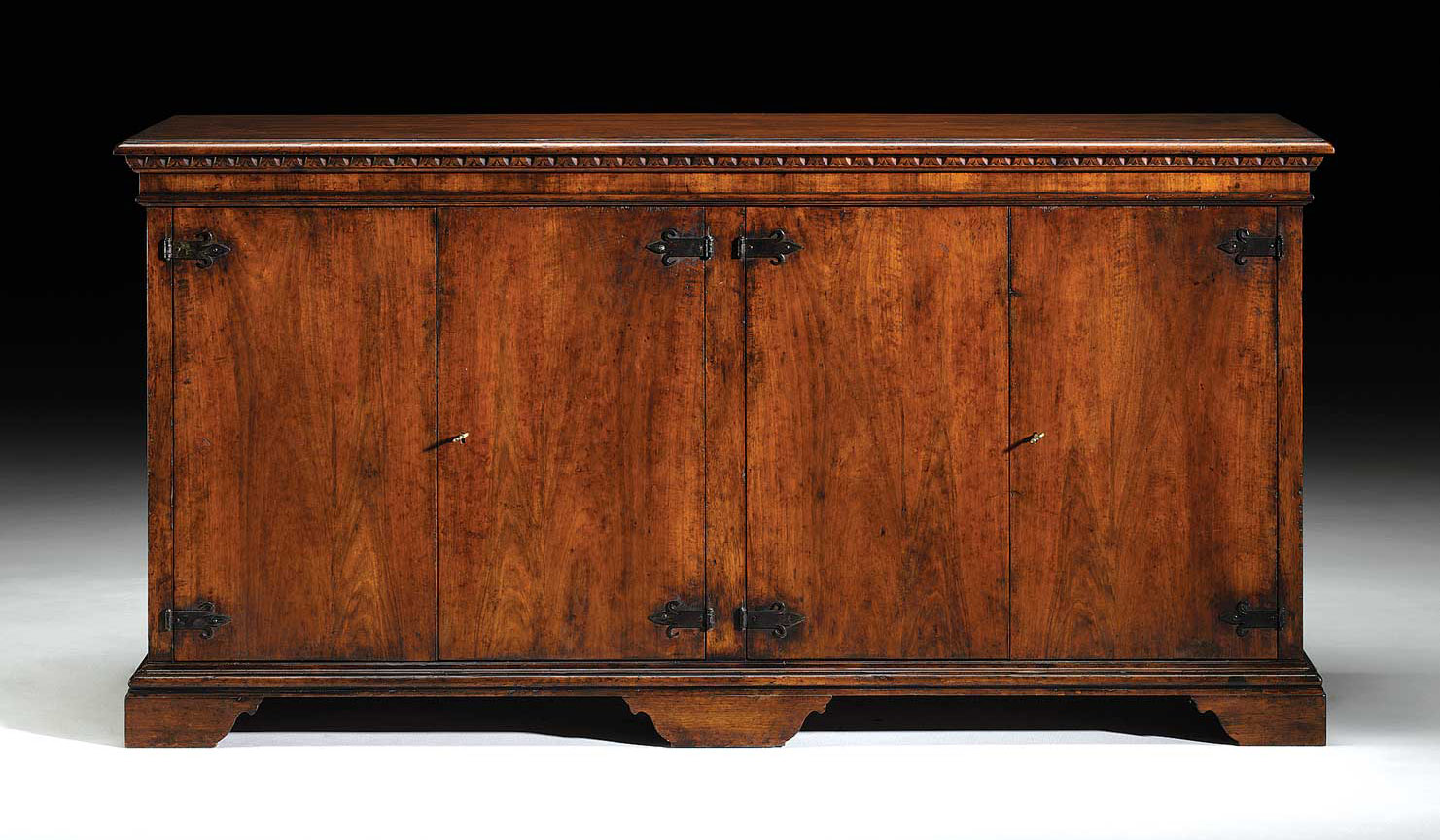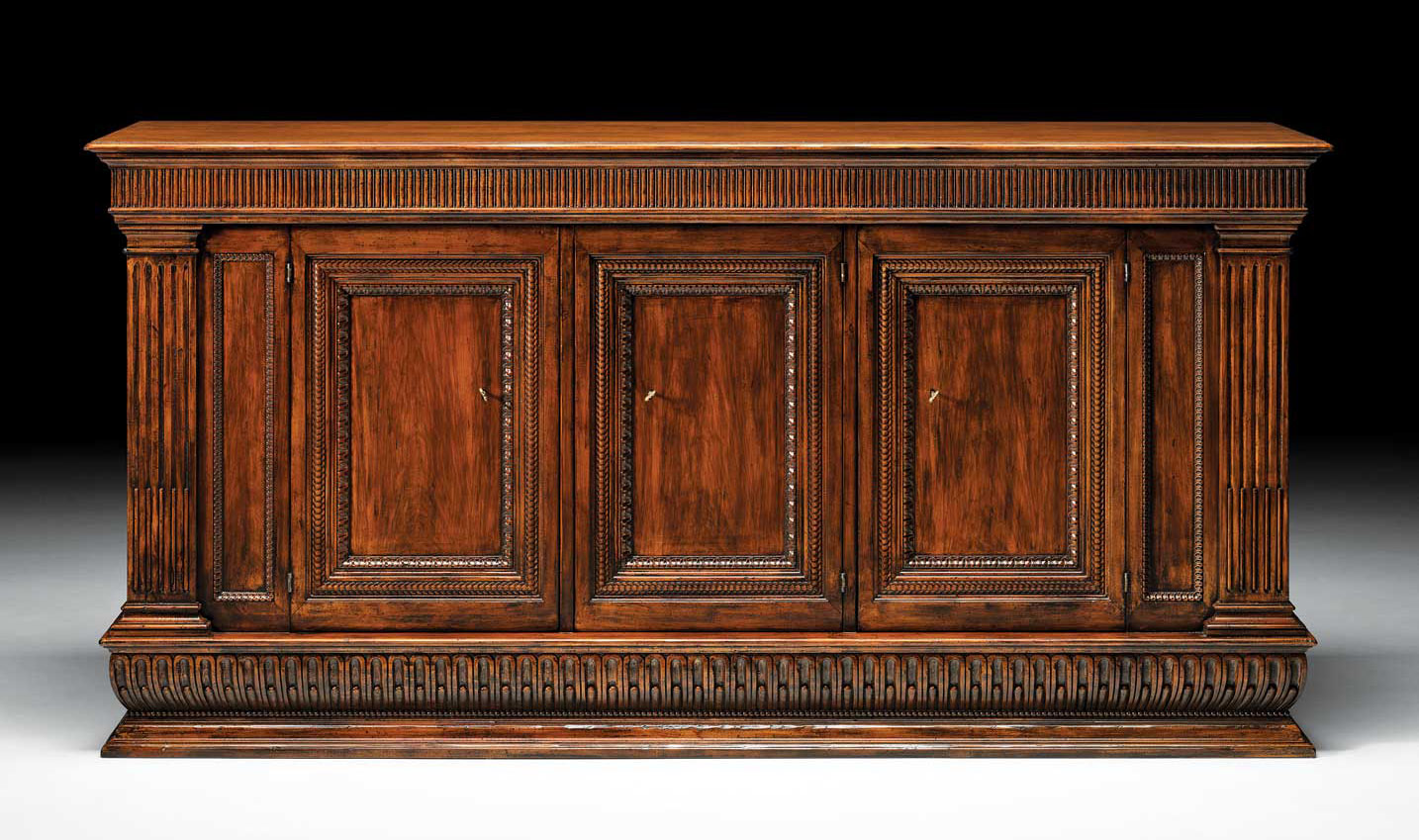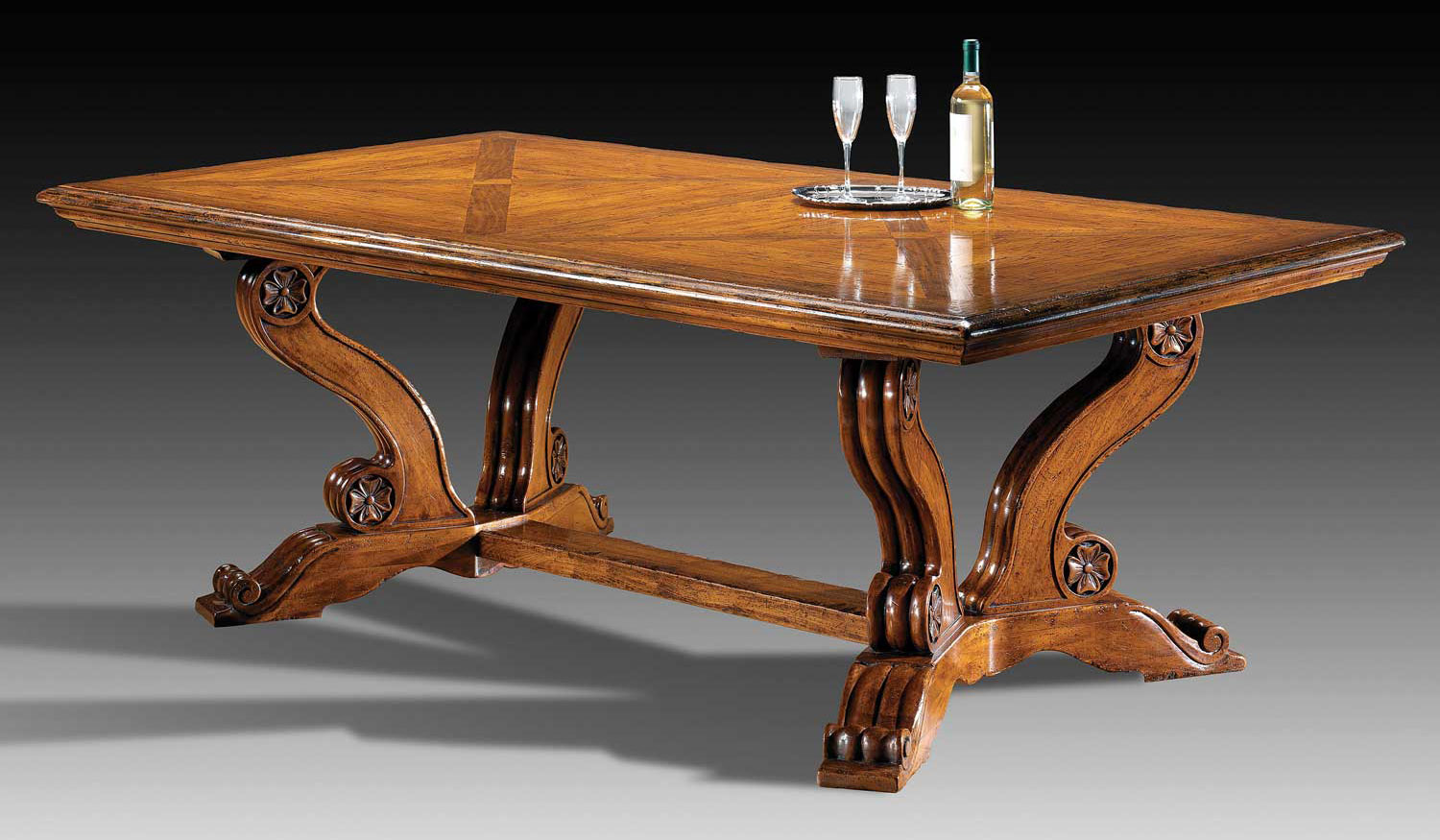All About Tuscany Italian Furniture
Tuscan furniture, is inspired by the rustic and charming aesthetics of the Tuscan region of Italy. This style draws heavily from the natural beauty, history, and culture of Tuscany, reflecting its warm, welcoming, and earthy atmosphere. The style reflects centuries of tradition, craftsmanship, and the blending of various cultural influences. Here’s a brief history of Tuscany style furniture:
1. Medieval Origins (9th–15th Century)
The origins of Tuscan furniture can be traced back to the medieval period when Tuscany was a collection of city-states and rural communities. During this time, furniture was primarily functional, made to meet the needs of everyday life in farmhouses and monastic settings. Furniture pieces were simple, heavy, and sturdy, crafted from locally available woods like walnut, chestnut, and cypress. Iron and metal were also used for hardware and decorative elements.
During the Middle Ages, the furniture was mostly crafted by local artisans and carpenters who relied on hand tools and simple techniques. The designs were straightforward, reflecting the rustic lifestyle of the Tuscan people.
2. Renaissance Influence (14th–17th Century)
The Renaissance, which began in Florence, Tuscany’s capital, had a profound impact on the region’s furniture design. As art, culture, and intellectual pursuits flourished, furniture styles began to reflect the more refined tastes of wealthy patrons, nobility, and the burgeoning merchant class.
Renaissance furniture in Tuscany began to incorporate more ornate and intricate designs, featuring detailed carvings, inlays, and classical motifs like acanthus leaves, scrolls, and floral patterns. Furniture became more than just functional—it was a reflection of status, wealth, and artistic taste. Tuscan craftsmen drew inspiration from classical antiquity, incorporating elements such as columns, pediments, and balustrades.
3. Baroque and Rococo Influence (17th–18th Century)
As the Renaissance gave way to the Baroque and later the Rococo periods, Tuscan furniture became more elaborate, incorporating curved lines, gilded finishes, and luxurious upholstery. However, Tuscan artisans retained a preference for natural materials and a more restrained aesthetic compared to the more extravagant styles in other parts of Europe, like France.
The Baroque influence brought a more dramatic and ornate look to some furniture pieces, with heavy carvings and detailed gilding, while the Rococo period softened these designs, adding lighter, more delicate elements.
4. Return to Simplicity (18th–19th Century)
In the late 18th and 19th centuries, as Europe went through industrial and social changes, there was a shift back to simpler, more functional designs. In Tuscany, this was reflected in the continued use of local materials and traditional craftsmanship. The Neoclassical movement also influenced furniture design, with cleaner lines and more understated decorations inspired by Greco-Roman antiquity.
During this time, the rustic charm of Tuscan farmhouses became fashionable, especially among English and Northern European visitors who admired the simplicity and natural beauty of the region. The Grand Tour, a cultural journey through Europe popular among the British upper class, often included a stop in Tuscany. This exposure helped spread the appeal of Tuscan-style interiors.
5. 20th Century Revival and Popularization
In the 20th century, Tuscany style furniture experienced a revival, particularly in the United States and other Western countries. Inspired by the Arts and Crafts movement and a growing appreciation for hand-crafted, artisanal furniture, designers and homeowners embraced the rustic, warm aesthetic of Tuscan furniture.
This period saw a renewed interest in the traditional craftsmanship, materials, and designs associated with Tuscany. The trend coincided with a broader appreciation for Mediterranean-style architecture and interior design, leading to an increase in popularity for Tuscan-style villas, farmhouses, and furnishings.
6. Contemporary Interpretations (21st Century)
Today, Tuscany style furniture continues to be popular for its timeless appeal, warmth, and connection to nature. Contemporary versions blend the rustic elements of traditional Tuscan furniture with modern design principles. While maintaining its characteristic earthy colors, natural materials, and sturdy construction, contemporary Tuscan furniture may feature sleeker lines, minimalist detailing, or mixed materials like glass and steel.
The style has been adopted worldwide, often seen in homes that aim to evoke a warm, welcoming atmosphere. It remains a favorite for those who value craftsmanship, natural beauty, and a sense of history in their home decor.








